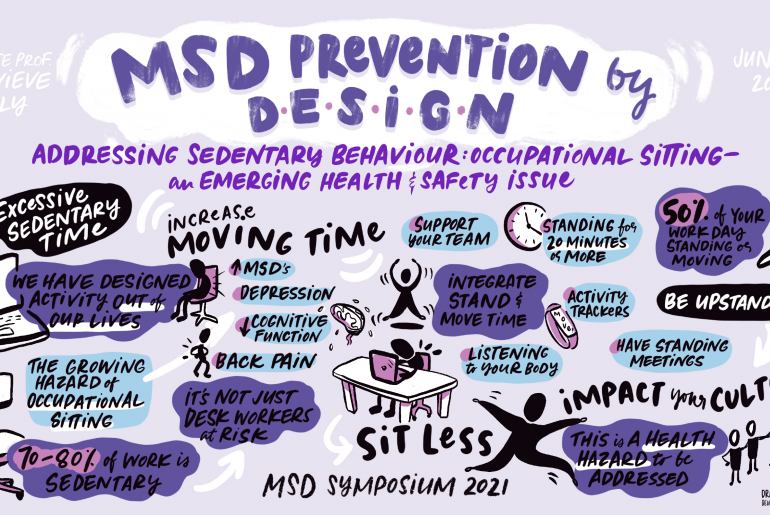What do you do to sit less and move more? Do you fill up your water bottle regularly? Take a stretching break? Have lunch away from your computer? As part of the BeUpstanding program, staff are asked to indicate the extent to which they took part in a range of 10 sit less strategies and 11 move more strategies in the past month, with response options ranging from never to nearly always/always. Staff could also respond not applicable, with the list of 21 strategies informed by our previous research. Dr Sam Stephens from the BeUpstanding team recently presented on some of the findings from this strategy data and how it related to behaviour change at the 3rd Asia-Pacific Society for Physical Activity (ASPA) Conference in Wellington, New Zealand. She was able to show that BeUpstanding strategies genuinely do help staff to sit less and move more. What was found to be of particular benefit was: doing a wide range of strategies performing strategies regularly, and choosing highly effective strategies, with some strategies really punching above their weight! In her presentation, Dr Stephens showcased the popularity of each strategy against its effectiveness at helping staff to sit less and move more.…
![]()










